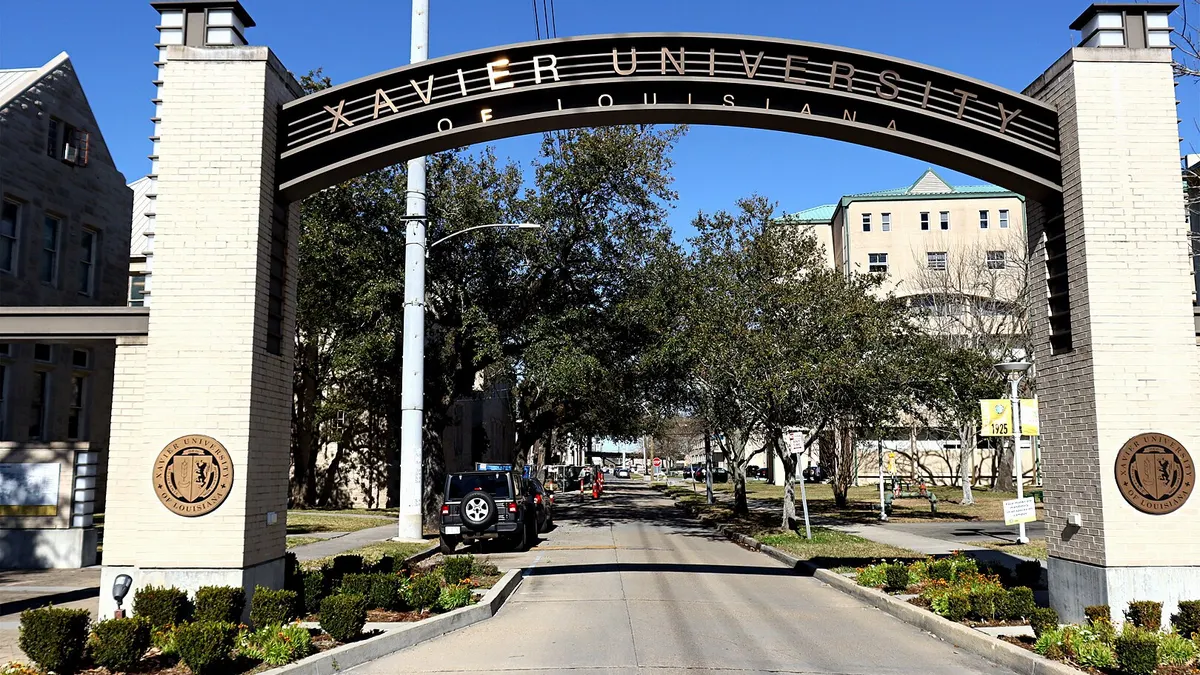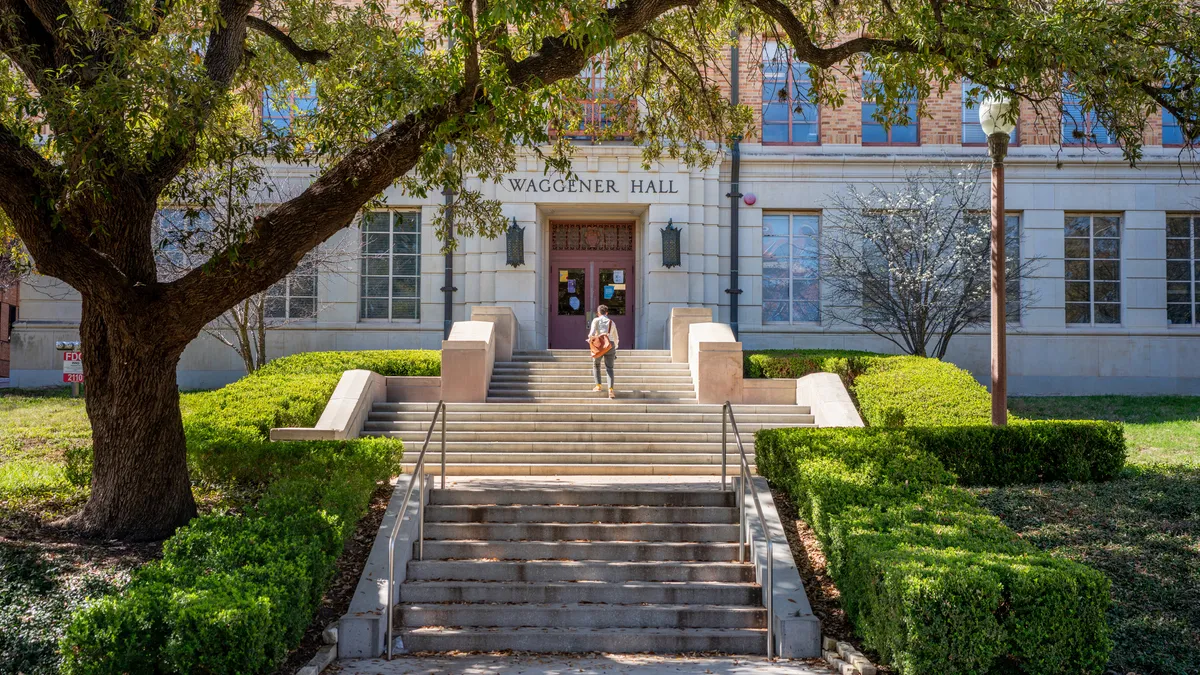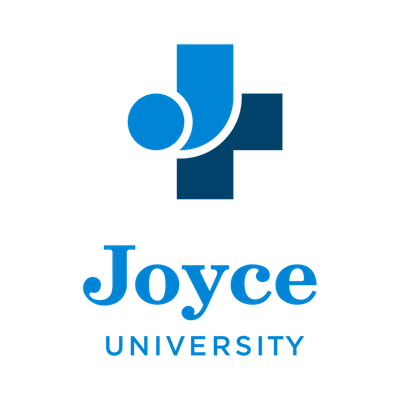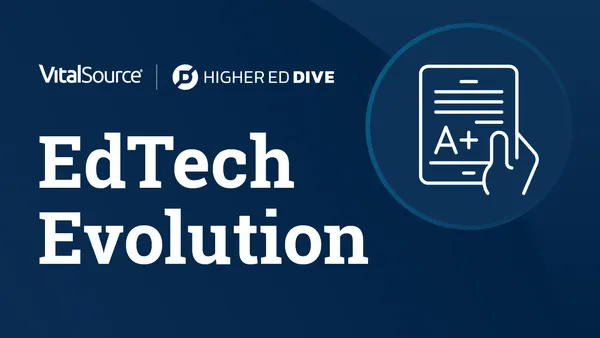Educause 2015 didn't just see an 11% increase in attendees over last year's show. The 308 exhibitors that packed the Indiana Convention Center also topped 2014's 260. Needless to say, taking everything in proved to be a daunting task — especially with keynotes, panels, and other sessions in the mix.
Still, what we did get a chance to see on the show floor definitely piqued our interest. From efforts to digitize grant administration to Schoology's entry into higher ed and a report on the efficacy of Pearson's REVEL platform, and in no particular order, we put together the following list of 9 things worth noting at this year's event.
Hunter College digitizes grant administration with Laserfiche
On most campuses, you'd be hard-pressed to find at least one department or office that doesn't have a room with filing cabinets full of some kind of paperwork. That doesn't have to be the case, though, as demonstrated by Hunter College Associate Director of Research Administration Carolynn Julien's efforts to digitize her institution's grant administration processes with Laserfiche's enterprise content management solution.
"The grants administration process has two components: a pre-award process and a post-award process," Julien told us. "There are many regulations that have to be monitored throughout the lifecycle of the process. A lot of the components happen simultaneously, and we had been doing this manually for many years and were trying to find a solution that would help us streamline the process and also allow some of these processes to happen at the same time."
With Laserfiche, Hunter College found an affordable, scalable, personalized solution. One big issue that arose was working out the proposal approval process, but ultimately, Hunter was able to digitize the required document and route processes between faculty, department chairs, and deans.
Blackboard rolls out collaboration tools for students with disabilities
Much has been written of Blackboard's declining market share and impending sale, but the LMS giant still has plenty to be excited about. Its flagship Learn and open-source Moodlerooms LMS platforms received top industry honors from Campus Technology and G2 Crowd.
But perhaps its most exciting news during Educause was the addition of virtual collaboration tools for students with disabilities in its Blackboard Collaborate tool. Working with SSB Bart Group, a firm that specializes in supporting accessibility initiatives, Blackboard developed a new browser-based web conferencing tool in compliance with Web Content Accessibility Guidelines (WCAG) version 2.0 at Level AA, as well as Section 508 standards. Among its features, according to a release, are live captions, 4.5:1 contrast, and consistent navigation.
As Casey Green noted during his Thursday presentation of the annual Campus Computing Project survey, assessments of digital resources and services for disabled users show a “lawsuit waiting to happen” for many institutions, so Blackboard's work to address those needs in its own platform is certainly a step in the right direction.
"We've consistently led the way on accessibility. We were the first LMS certified by the American Federation for the Blind, meeting and going beyond the standards that they had, so we're very, very focused on it," Katie Blot, Blackboard's senior vice president of corporate strategy and business development, said, adding that the company goes well beyond what's necessary for compliance with access standards and regulations.
Pearson issues report detailing REVEL's classroom impact
Unveiled at last year's show, Pearson's mobile-responsive REVEL platform was designed to address the problem of the "passive, laborious" textbook. As Pearson Senior Vice President of Efficacy & Quality John Tweeddale put it, the platform is meant to help educators better understand what students are reading, how well they're engaged, and how they can adapt the course experience they're delivering to students. So one year removed, how are its interactive exercies, infographics, social features, and videos stacking up in the field?
Pretty well, it turns out.
An efficacy report touted by the education giant at this year's Educause shows how REVEL implementations have worked out at six institutions: University of Dallas, Utah State University, College of Sequoias, Fresno City College, Florida State University, and Modesto Junior College. At the College of the Sequoias and Fresno City College, for example, faculty reported that students came to class better prepared and that those lacking strong study skills scored notably higher on exams.
McGraw-Hill survey shows students want learning analytics
As we noted in our recap of Educause 2015's opening day, the third annual "Impact of Technology on College Student Study Habits" report from McGraw-Hill Education, which surveyed over 2,600 U.S. college students, found that 87% of students want the instant feedback afforded by learning analytics software. In fact, close to two-thirds of students already using such software rated its impact on their performance as "very positive" or "extremely positive," and 91% said adaptive tech is important for digital learning tools.
It's a strong reminder to educators and companies working in the space that today's students have grown up in a world where they've been accustomed to instant feedback, from text messages to video game scores, and thrive when it's available.
Additionally, Peter Cohen, the company's U.S. education group president, filled us in on the company's shift to digital and efforts to provide cost-effective textbooks. "This past year, we introduced an all-digital program with adaptive learning SmartBooks, which allow every student to have a personalized path. It has an embedded e-book. It has all of your adaptive homework. It has a platform upon which you answer your questions from your instructor, get grades from the instructor — all of that immediately — and it's $120 for most classes," he said. While he added that the idea of the $200-400 textbook is "archaic," students who still want print for physical note-taking can also get a four-color PDF version of the e-book for an extra $15-40.
Acrobatiq Smart Author
This summer, Acrobatiq became the Bill & Melinda Gates Foundation's first post-secondary investment, receiving a $9.75 million Series A round that also included Draper Triangle Ventures, Hearst Ventures, and prior investor Carnegie Innovations. At Educause, it showed off the fruits of that funding with its new Smart Author Adaptive Learning Platform.
Smart Author helps institutions author, deploy, and further improve, via analytics, high-quality online courses and programs, offering among its toolkit the ability to utilize outcomes models and adaptive tech. The company's tech was originally developed over 12 years in Carnegie Mellon University’s Open Learning Initiative.
"Smart Author is really a platform to allow universities to start building their own courses in a way that has this rich data underneath them and has these adaptive elements in them without being data scientists and cognitive scientists," CEO Eric Frank told us at Educause.
Schoology marks official push into higher ed LMS market
Already the fastest-growing LMS in K-12, Schoology is now looking to make serious moves in the higher ed space. The platform launched for K-12 around the end of 2009, and as of March, its users numbered 8 million students at 60,000 K-12 schools and universities worldwide.
CEO Jeremy Friedman acknowledges that there are differences in the market — that K-12 was an easier entry point and higher ed has more institutions that already have a solution in place. But the goal of improving student outcomes remains the same at either level, and he believes its simplified approach and a handful of intuitive tools will make all the difference in swaying colleges and universities to give the product a shot.
"We don't want to be just an LMS. If you're adopting a system, you're going to spend a lot of money on it. It needs to be much more than an LMS. It has to go beyond the classroom," Friedman said. "It has to handle communication, collaboration, and curriculum development. It has to be deeply integrated. We call this, internally, an education cloud, but in higher ed, that same mentality is resonating."
Friedman says a focus on collaboration from the start gives it an advantage over legacy LMSes. Among its most notable features: the ability for faculty to see students' workloads across all of their courses when assigning work or to look at students' mastery levels of a concept, as well as groups in which faculty can share instructional resources across their department or campus.
Cerego joins forces with VitalSource, shows off Apple Watch app
As you may recall from our Thursday Educause recap, VitalSource is joining forces with Cerego to bring adaptive, personalized learning to its content platform, with a product debuting in 2016. Cerego works by providing users with bite-size quizzes in various content areas, from academic topics like anatomy to more fun-focused themes like Star Wars characters. Periodically, it reminds users of which subjects they haven't brushed up on in a while, utilizing research into how long it takes the brain to forget information and reinforcing the idea that repetition facilitates learning.
With its Apple Watch app, Cerego is able to send those notifications via the wearable device, from which users can then launch the app on their phones.
TechSmith simplifies video creation for instructors, students
Offering solutions for lecture capture, distance learning, and on-the go evaluations, TechSmith aims to help faculty and institutions utilize tech for more engaging course content. With the advent of flipped and blended learning, doing so is more important than ever for instructors teaching traditional face-to-face courses.
Dr. Ulanda Forbess and Sherry Boyd of North Lake College in Irving, TX, have been using TechSmith's lecture and screen capture tools Camtasia and Snagit for several years. Their uses of the tech have included presenting quick questions, assignment information, or feedback in their LMS, as well as student-created projects. Additionally, Boyd is including the tools in her dissertation on designing a hybrid Master of Arts in Theater program. Both noted that the ease of use for the programs, which also have related mobile apps, has helped students easily complete video assignments.
"In about 5 or 10 minutes, I've finished a little bitty one minute of instruction, maybe 90 seconds, put it in Screencast, put the link in the announcements, and send that out," she said, providing the example of a video explaining to students where to find a discussion board. "It engages them right away. Most of them probably don't even read the announcement, but they will click on the video."
E-portfolios coming to Cengage's MindTap
Cengage continued building out its MindTap digital learning solution with the acquisition of Pathbrite. The e-portfolio platform is in use at around 900 schools, both in K-12 and higher ed, and it gives students the ability to spotlight their work for graduation and job hunting, according to a press release. The release also noted that the platform's integration into MindTap's Learning Objects suite will make it easier for administrators and faculty to track students' outcomes against accreditation standards via portfolios of their own.
With the acquisition, Cengage also gains most of Pathbrite's employees.
Would you like to see more education news like this in your inbox on a daily basis? Subscribe to our Education Dive email newsletter! You may also want to read Education Dive's look at 2 things you should know about Google ed evangelist Jaime Casap's vision.




















